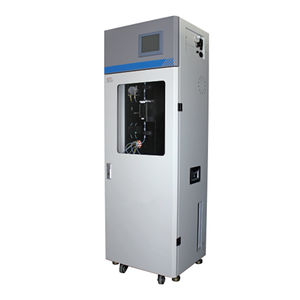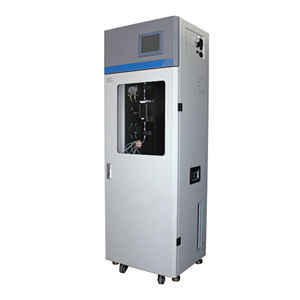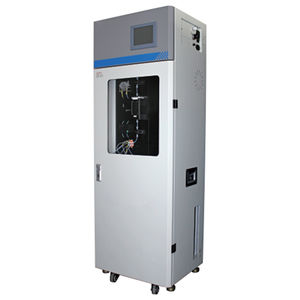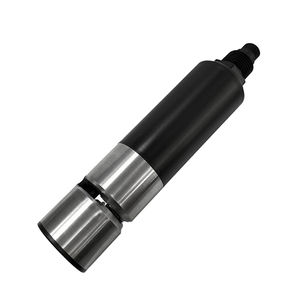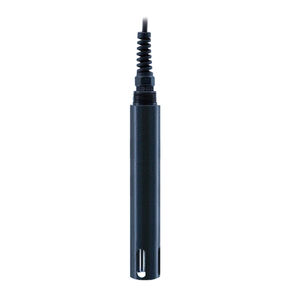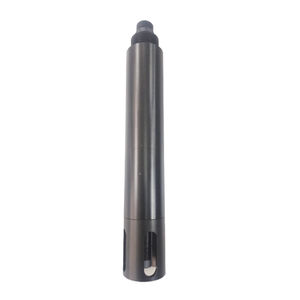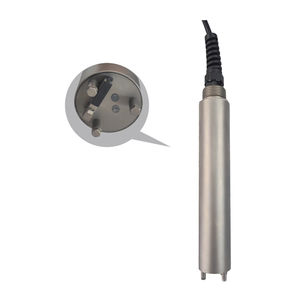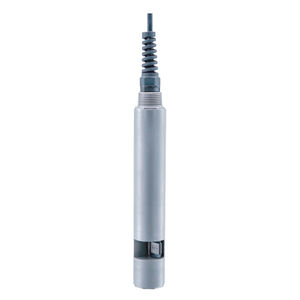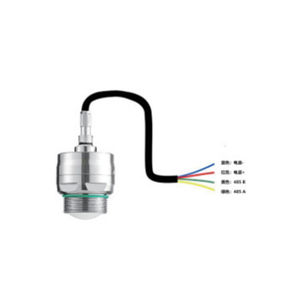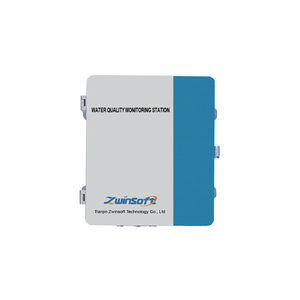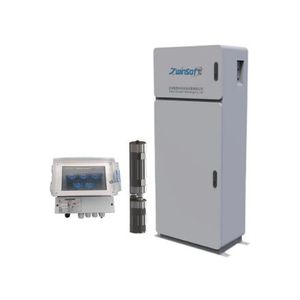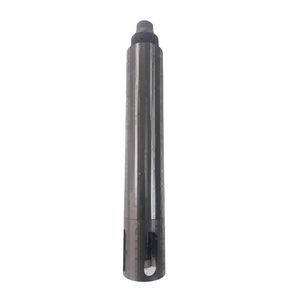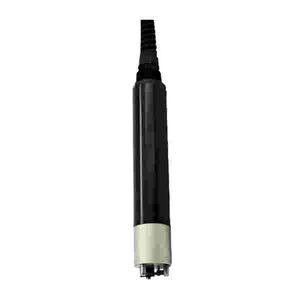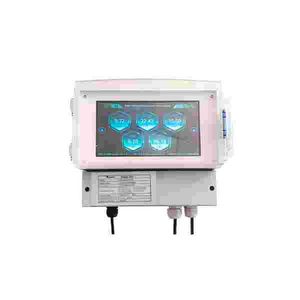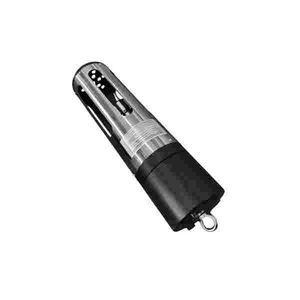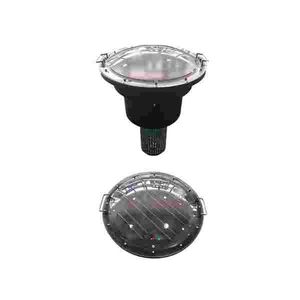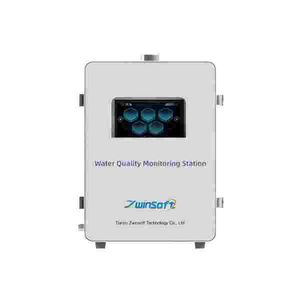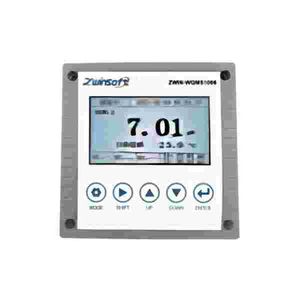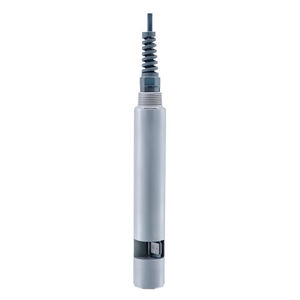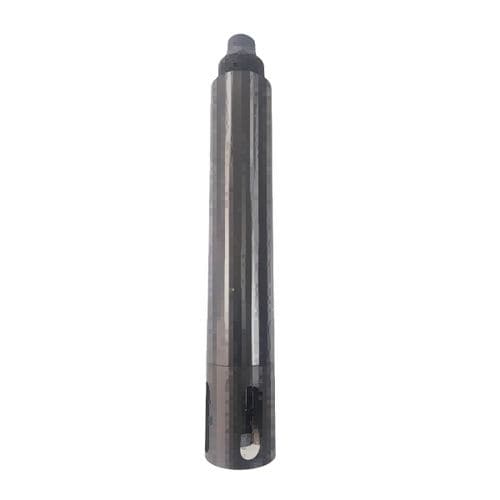
- Metrology - Laboratory
- Analytical Instrumentation
- Water electrochemical sensor
- Tianjin Zwinsoft Technology Co.,Ltd.
Sodium ion concentration electrochemical sensor ZWIN-SWAN1006for waterdigital
Add to favorites
Compare this product
Characteristics
- Measured value
- sodium ion concentration
- Applications
- for water
- Output
- digital
Description
PRODUCT INTRODUCTION
This sensor uses a sodium ion selective electrode that is highly selective for sodium ions. Its working principle is based on the selective ion exchange and diffusion between the electrode membrane and the sodium ions in the solution to be tested, thereby generating a potential difference. By measuring this potential difference and according to the Nernst equation, the concentration of sodium ions in the solution can be determined. Nernst equation: The theoretical response value of the sodium ion selective electrode to a ten-fold change in ion concentration at 25℃ is 59.16mV, which is called the electrode slope (S). However, most electrodes do not show a theoretical slope, so the instrument needs to be calibrated to determine the true slope value of the electrode. In specific use, two standard solutions are used to calibrate the true slope value and zero point of the electrode.
Application fields: agricultural testing, environmental monitoring, industrial production, pulp and paper testing, steam engine power generation, and natural water monitoring.
PERFORMANCE PARAMETERS
1.Measurement principle: ion selection method;
2.Measuring range: 0~100/1000mg/L;
3.Accuracy: ±10%FS,±0.5℃;
4.Resolution: 0.01/0.1;
5.Repetition rate: <3%;
6.Response time: <15s;
7.Working temperature: 0- 80℃;
8.Sensor size (DXL): Φ34×225;
9.Housing material: titanium alloy;
10.Protection level: IP68,6bar;
Catalogs
No catalogs are available for this product.
See all of Tianjin Zwinsoft Technology Co.,Ltd.‘s catalogsExhibitions
Meet this supplier at the following exhibition(s):
Other Tianjin Zwinsoft Technology Co.,Ltd. products
Water Quality Online Analyzer
Related Searches
- Gas analyser
- Concentration analyser
- Monitoring analyser
- Liquids analyser
- Desktop analyzer
- Gas sensor module
- Automated analyzer
- Calibration system
- Dust analyzer
- Gas detector
- Process analyser
- Portable analyser
- Continuous analyser
- Integration analyser
- Water analyser
- Real-time analyser
- Infrared detector
- Compact analyser
- Oxygen analyser
- Laboratory analyser
*Prices are pre-tax. They exclude delivery charges and customs duties and do not include additional charges for installation or activation options. Prices are indicative only and may vary by country, with changes to the cost of raw materials and exchange rates.




